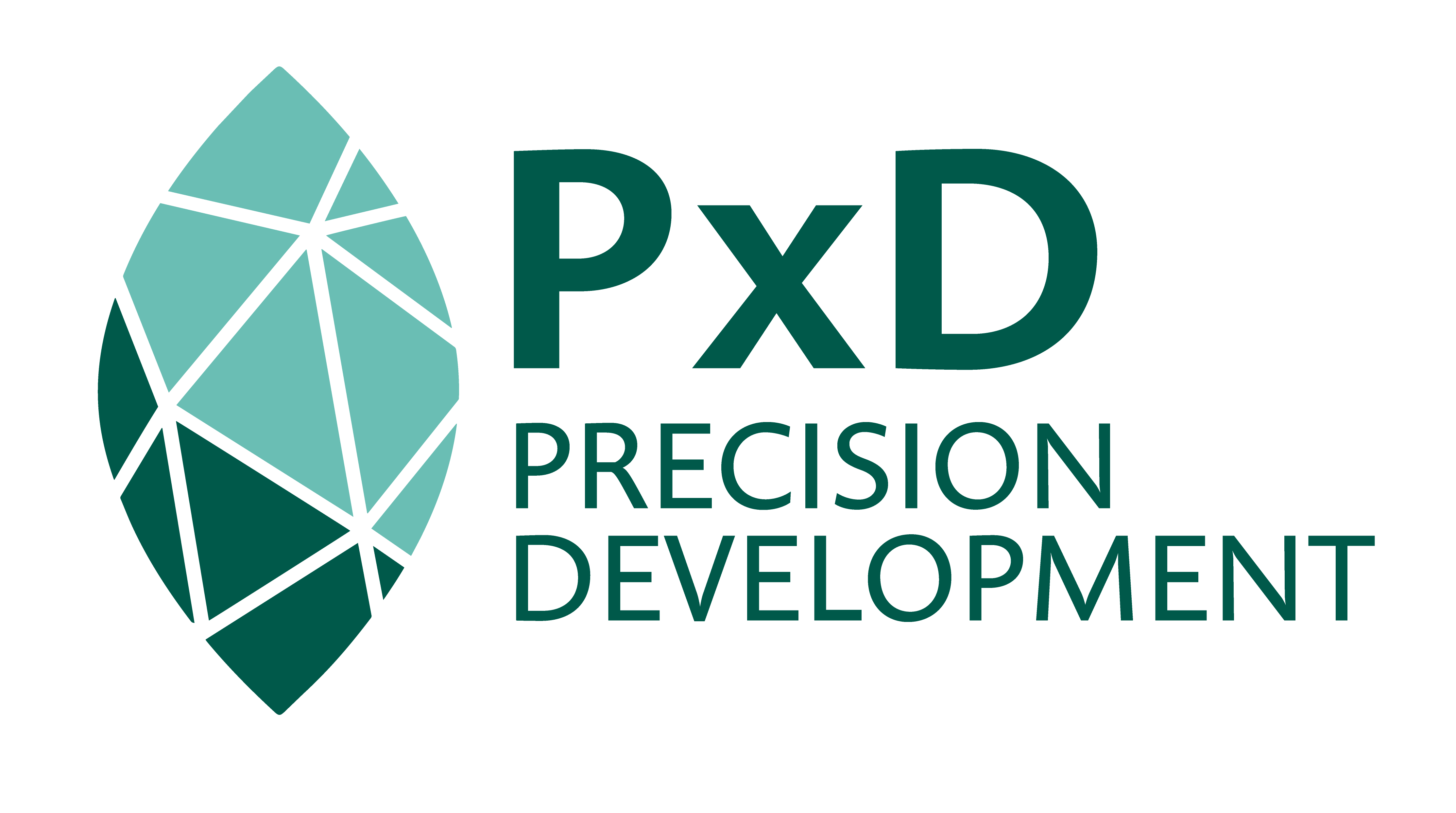Kenya Down Payment Trial 2019
KEN -18 -1387Last modified on December 19th, 2025 at 10:15 am
-
Abstract
One Acre Fund (OAF) is an agricultural service provider that provides support for smallholder farmers in Africa in accessing agricultural inputs, training, and markets, to help the farmers increase their harvests and income. PxD and OAF began collaborating in 2016 on efforts to increase adoption of agricultural inputs and improve OAF operations in Kenya and Rwanda.
In this trial, OAF and PxD ran an experiment to test whether varying message content could improve an SMS program designed to nudge farmers to complete the OAF down payment by the deadline. We hypothesized that using diverse content and framings will increase the chances of reaching a farmer with a message that they find persuasive, and that sending different messages tailored to the times in the prepayment period will be particularly effective. To test this, we selected promising message styles from the previous year’s trial “Kenya Down Payment Trial 2018”. Farmers were divided into a control group, which received the same, randomly-assigned message three times, and a treatment group, which received all three messages in random order.
We do not find a statistically significant difference in the likelihood of completing the down payment between farmers who were sent the same message and farmers who were sent different messages. In a context where farmers receive messages that are different from the messages of their fellow group members, there may be little or no additional benefit in sending varied messages to individual farmers. -
Status
Completed
-
Start date
Q4 Dec 2018
-
End date
Q4 Dec 2018
-
Experiment Location
Kenya
-
Partner Organization
One Acre Fund (OAF)
-
Agricultural season
Long Rains
-
Experiment type
A/B test
-
Sample frame / target population
OAF farmers
-
Sample size
245,467
-
Outcome type
Financial behavior
-
Mode of data collection
Partner administrative data
-
Research question(s)
Does sending different messages to the same individual, as opposed to sending identical messages, affect the likelihood of the individual completing the down payment required to qualify for the OAF program?
-
Research theme
Communication technology, Message framing, Message timing and frequency
-
Research Design
We developed three different messages to encourage farmers to make the down payment:
M1: A “Pay soon” reminder to avoid being dropped from the program.
M2: A “Social” message that many other farmers had already qualified.
M3: A “Benefits” message to avoid missing out on OAF benefits.Farmers were randomly assigned into a control group, which received one of three messages sent three times, and a treatment group, which received all three messages in random order.
Treatment Arms:
T0(a): Receive same message (M1); Share: 1/6; n (estimated) ≈ 40,911
T0(b): Receive same message (M2); Share: 1/6; n (estimated) ≈ 40,911
T0(c): Receive same message (M3); Share: 1/6; n (estimated) ≈ 40,911
T1: Receive all three messages in random order (M1–M3); Share: 1/2; n (estimated) ≈ 122,734We randomized a list of farmers who had not prepaid by December 7, 2018. The sample included all farmers with unique global client IDs and phone numbers on the OAF database. Duplicates of these variables were dropped randomly, and group leaders were excluded from the sample. The total sample was 245,467 farmers.
For further information on the previous trial, see Kenya Down Payment Trial 2018
-
Results
Compared to sending identical messages, sending different messages showed minimal effects on farmer down-payment rates. Although we see small differences in the effectiveness of different message orders in the treatment group, none of the differences are statistically significant at the 5% level. Differences in the effectiveness of the three different messages sent to T0 sub-groups were very small, as the best overall sub-treatment was less than 1 percentage point (pp) better than the worst. We can say with 90% certainty that the overall difference between the varying-message and the identical-message groups was not larger than 0.7 pp, which is a very small effect size.
